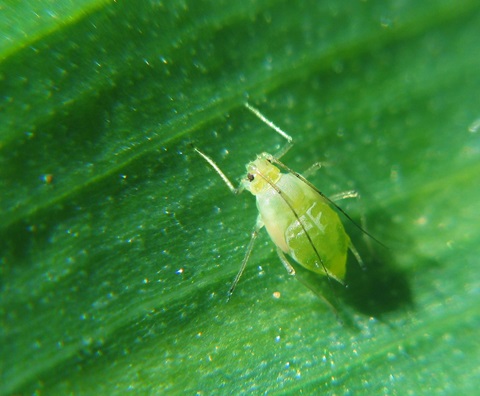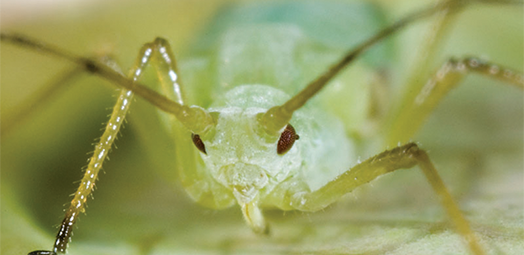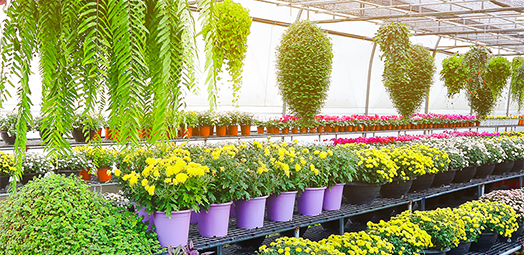
Did you know that aphids, commonly referred to as "plant lice," have a soft pear-shaped body with long antennae in the front and two short "tailpipes" in the rear? These harmful insects tend to cluster on the growing tips of plants or the underside of leaves, shedding their skin and leaving behind little white flecks.
To expand your knowledge of aphids, here are 5 fascinating facts about these sap-sucking insects:
- One of the first insects to arrive in spring, aphids come in a variety of colors - yellow, green, black, red and gray.
- Male aphids are not required for reproduction in female aphids. During most of the summer, wingless females give birth to live young instead of laying eggs. Due to their rapid maturation and capacity for reproduction throughout their life cycle, cabbage aphids can create up to 15 generations per season.
- Aphids infest a variety of crops, including bedding and garden plants, potted plants, cut flowers and cut greens. They distort flowers and foliage and stunt new plant growth.
- Aphids excrete honeydew; a sugary substance that forms a sticky coating on leaves and attracts ants. The honeydew provides a substrate for dark-sooty mold, giving plants a dirty appearance.
- When moderate to heavy aphid infestations occur on plants, beneficial insects like lady beetles and lacewings will emerge and feed on a significant number of aphids. However, despite their efforts, the reproductive capacity of aphids is so substantial that the impact of these natural predators may not be sufficient to keep the aphid population at or below acceptable levels.
Why are aphids one of the most common insects found in greenhouses?
Aphids are one of the most common insects found in greenhouses due to several reasons:
- Greenhouse environments provide ideal conditions for aphids to thrive, such as high humidity, warm temperatures, and a stable food source.
- Greenhouses often contain a variety of plants, which allows aphids to find suitable hosts to feed on.
- Greenhouses can provide a sheltered environment that protects aphids from predators and adverse weather conditions, allowing them to reproduce rapidly.
- Greenhouse growers often use fertilizers and pesticides to promote plant growth and control pests, which can inadvertently create ideal conditions for aphids to thrive.
- Aphids can be difficult to control due to their ability to reproduce rapidly and develop resistance to pesticides. This can make it challenging for growers to eradicate them completely, leading to repeated infestations.
How can you control them?
Enstar® AQ Insect Growth Regulator (Enstar® AQ) can be used alone to control aphids, whether it is used before insect populations reach damaging levels, or for treating an existing population of adult insects. Enstar® AQ is your proven choice to control aphids and fight resistance on its own as well as a great tank-mix partner. The mode of action is designed to control aphid populations. When it comes to protecting your investment, think Enstar® AQ. For application instructions, please refer to the label.
For immediate control of listed multiple species of adult insects, use Mavrik Aquaflow® Insecticide/Miticide (Mavrik Aquaflow®). Enstar® AQ and Mavrik Aquaflow® can also be used together to provide control. As an insect growth regulator, Enstar® AQ IGR prevents the development of targeted insect immatures, keeping them from becoming adults. When tank-mixed with commonly used insecticides and miticides, such as Mavrik® Aquaflow, Enstar® AQ IGR helps offer a different control method that can be more effective against insect populations that may have developed resistance to the insecticide. This can limit the impact of aphids by knocking down existing adult insect populations, while also providing a preventative approach to insect control. For tank-mix instructions, please refer to the label(s). For the most effective insect control, all insecticides and miticides used should be supported by a comprehensive IPM program.


